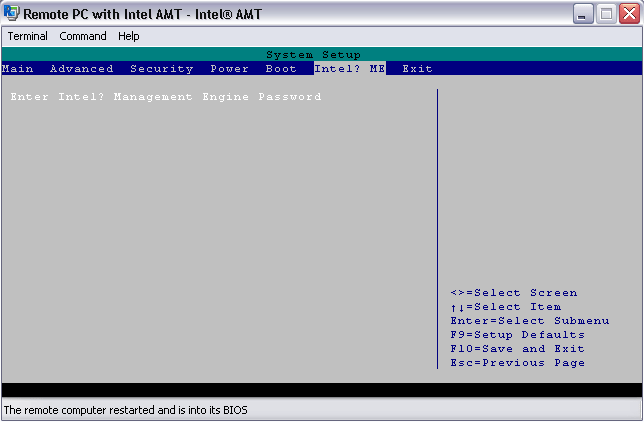

For the short and mid-term past, there is only one chipset die across all ‘small’ (non-E/EP/EX) CPU platforms. Unofficial conversations have led SemiAccurate to believe that the hardware necessary for the AMT exploit is both there and functional.

Over the past several years during conversations with Intel personnel, the hardware is said to be ‘not there’ on machines that don’t have the correct chipset, usually -Q coded variants. Or if you have other enlightening information, please send it our way.įirst off all non-server, including workstation but possibly not Atom based, systems contain the hardware needed for this exploit. However, follow us on an excursion and let us know if you come to a different conclusion. We would like to make very clear that none of the information here has been publicly proven. While this is only analysis we will note that we believe this is in the wild right now. Today we will walk you through a chain of thought based on further investigation on how it could be exploited. Monday SemiAccurate brought you news of a critical remote exploit in all 2008+ Intel CPU’s. So while this patch may fix the current vulnerability this situation points to the urgent need for hardware diversity. TLDR There is a remote control mechanism in hardware that cannot be fully disabled and you cannot get Intel hardware without it.


 0 kommentar(er)
0 kommentar(er)
